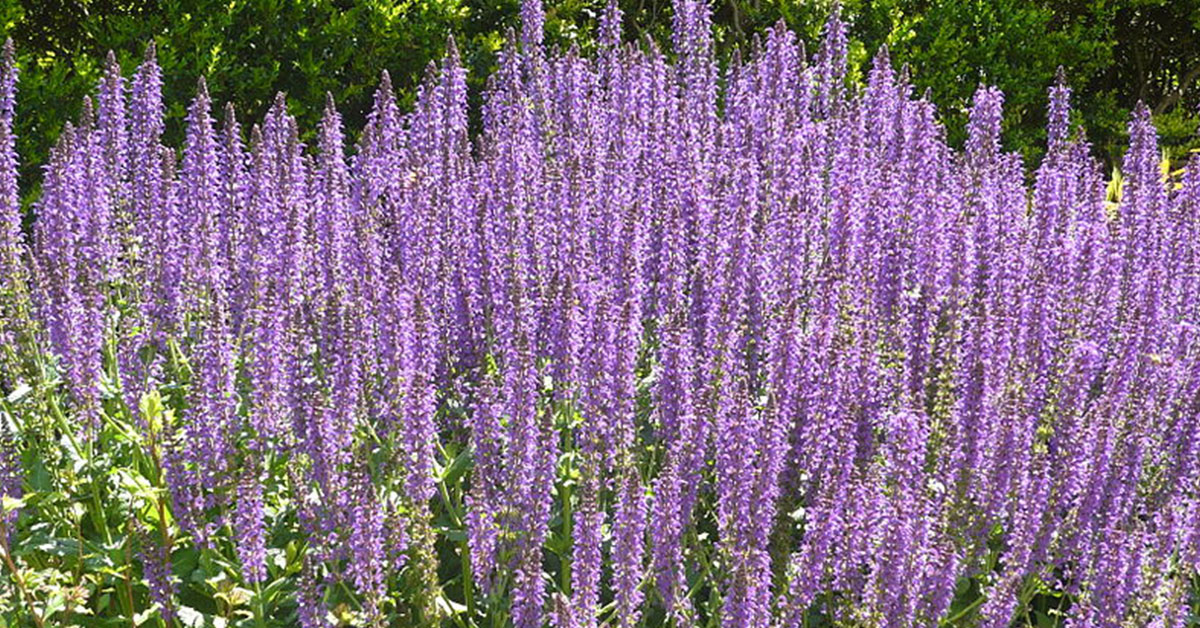Gardening is a delightful and rewarding activity, but some plants can become too enthusiastic if not properly managed. These vigorous growers can quickly spread beyond their intended spaces, potentially overwhelming other plants and taking over your garden. While these plants can add beauty and interest to your garden, it’s essential to understand their invasive tendencies and how to control them.
In this article, I’ll introduce you to twelve plants that can take over your garden if you’re not careful. Each of these plants has its own unique charm but requires careful management to prevent them from becoming invasive. Let’s explore these aggressive growers and learn how to keep them in check!
Bamboo
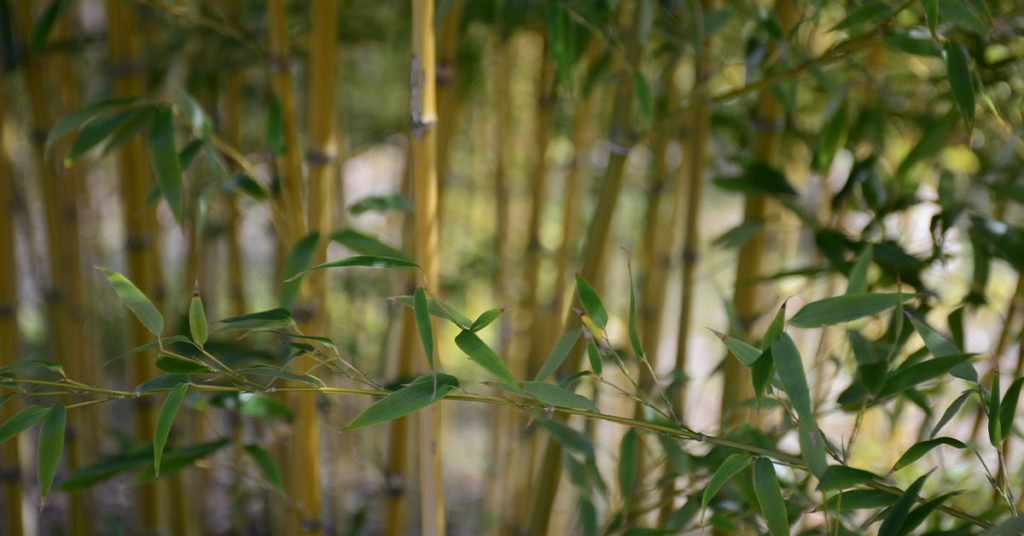
Bamboo is known for its rapid growth and tall, graceful stalks, making it a popular choice for creating privacy screens and adding a tropical touch to gardens. However, bamboo can become highly invasive if not controlled, spreading quickly through underground rhizomes. It can easily escape its designated area and become a nuisance.
To control bamboo, it’s essential to install a root barrier at least 2 feet deep around the planting area to prevent the rhizomes from spreading. Regularly inspect the perimeter and cut back any shoots that appear outside the barrier. Alternatively, consider planting clumping bamboo varieties, which are less invasive than running types.
Mint

Mint is a favorite in herb gardens for its refreshing scent and culinary uses. However, mint is notorious for its aggressive spreading habits. It sends out runners that quickly colonize large areas, crowding out other plants. If not contained, mint can take over garden beds and become difficult to remove.
To keep mint under control, it’s best to plant it in containers rather than directly in the ground. This prevents the runners from spreading unchecked. If you prefer to plant mint in the garden, use a bottomless container buried in the soil to contain the roots. Regularly trim back the plant to prevent it from spreading too far.
English Ivy

English ivy is a popular ground cover and climbing plant, known for its lush green leaves and ability to thrive in shaded areas. However, its vigorous growth can quickly become invasive, covering trees, walls, and other structures. It can damage buildings and choke out native vegetation if not properly managed.
To control English ivy, regularly prune back the vines to prevent them from climbing and spreading uncontrollably. Remove any ivy that climbs trees or structures, as it can cause damage. Consider using it as a ground cover in a confined area with a physical barrier to prevent it from spreading into unwanted areas.
Wisteria
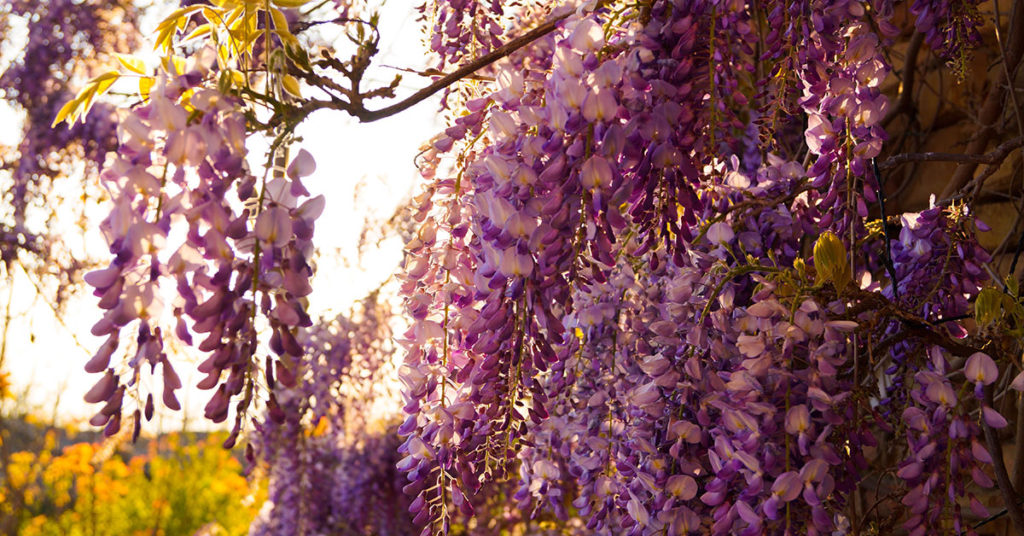
Wisteria is a beautiful flowering vine known for its cascading clusters of fragrant blooms. While it can add a stunning display to your garden, wisteria can become highly invasive, sending out vigorous shoots that can smother other plants and damage structures. It requires diligent management to keep it in check.
To control wisteria, regularly prune the vine to keep its growth in check. Remove any suckers that appear at the base of the plant and trim back any shoots that extend beyond the desired area. Consider planting it in a sturdy trellis or pergola to manage its growth and prevent it from spreading uncontrollably.
Trumpet Vine
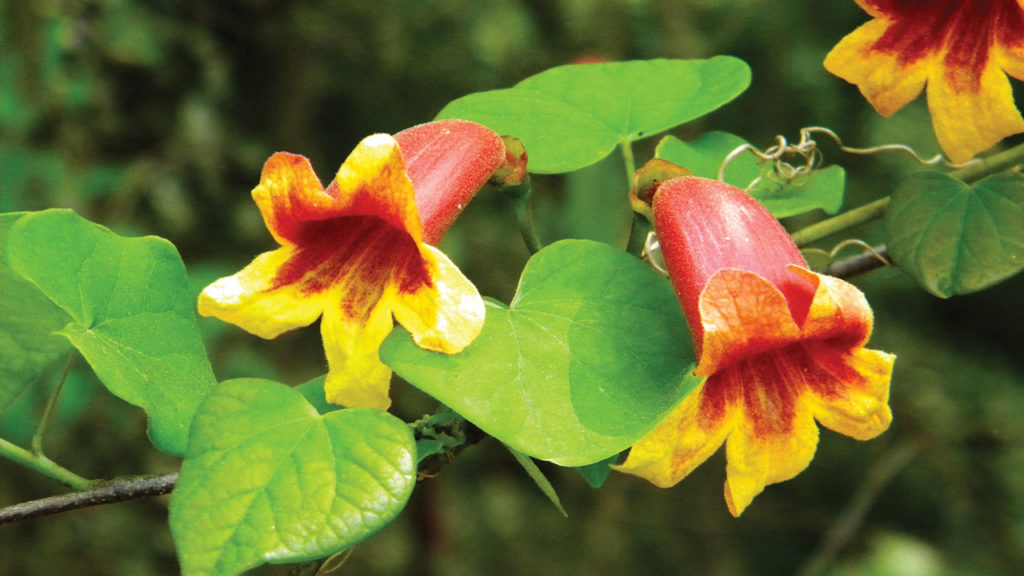
Trumpet vine, also known as Campsis radicans, is a hardy perennial vine with bright orange-red trumpet-shaped flowers. It attracts hummingbirds and butterflies, adding a lively touch to your garden. However, trumpet vine can quickly become invasive, spreading through underground runners and self-seeding.
To keep trumpet vine under control, regularly prune it back to prevent it from spreading too far. Remove any seed pods before they mature to prevent self-seeding. Consider planting it in a large container or using a root barrier to contain its underground runners. Monitor the area for new shoots and remove them promptly.
Creeping Jenny
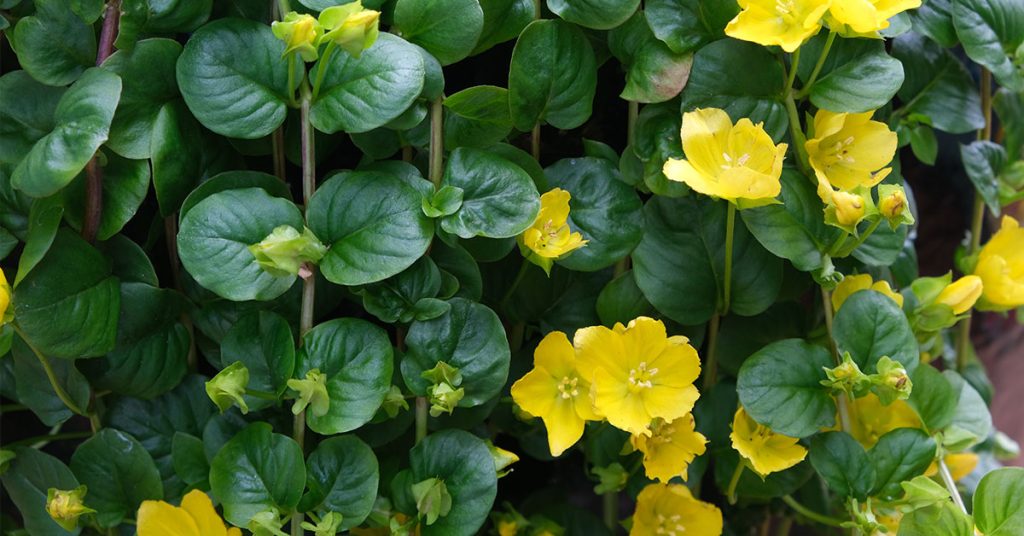
Creeping Jenny, or Lysimachia nummularia, is a charming ground cover with bright yellow-green foliage. It’s perfect for adding a splash of color to shady spots and hanging baskets. However, its vigorous growth can quickly take over garden beds, smothering other plants and spreading uncontrollably.
To control creeping Jenny, regularly trim back the plant to keep it within its designated area. Consider planting it in containers or using a physical barrier to prevent it from spreading into unwanted areas. Monitor the garden for any signs of it spreading and remove any stray runners promptly.
Morning Glory
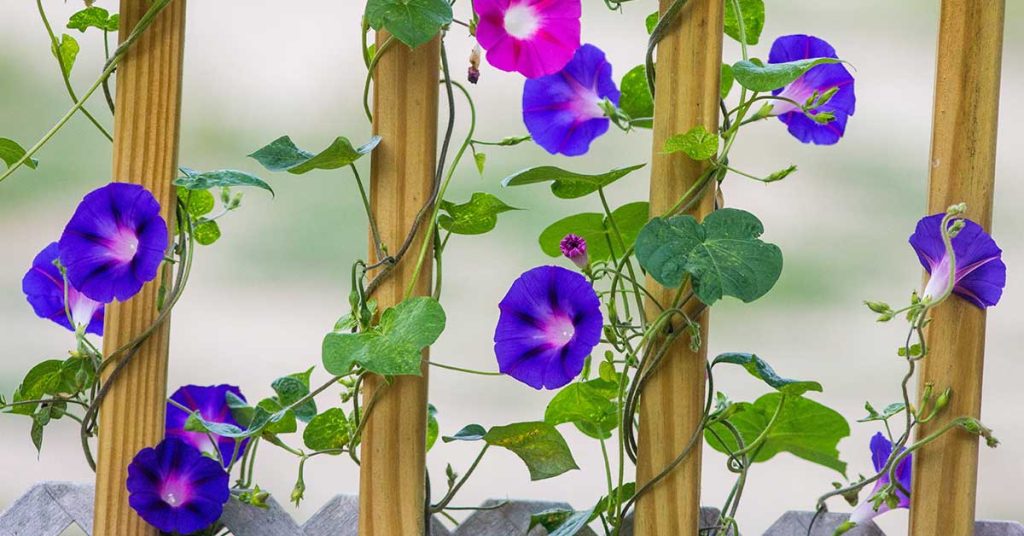
Morning glory is a fast-growing annual vine known for its beautiful, trumpet-shaped flowers in shades of blue, purple, pink, and white. While it can create a stunning display, morning glory can become invasive, spreading rapidly and smothering other plants. Its vigorous growth requires regular management.
To control morning glory, regularly deadhead spent flowers to prevent self-seeding. Remove any unwanted seedlings promptly to prevent them from establishing. Consider planting it in a confined area with a trellis to manage its growth. Be diligent about monitoring the garden for new shoots and removing them as needed.
Japanese Knotweed

Japanese knotweed is an aggressive perennial known for its bamboo-like stems and large, heart-shaped leaves. It can quickly take over garden beds, waterways, and natural areas, crowding out native vegetation and damaging structures with its extensive root system.
To control Japanese knotweed, it’s essential to remove the entire root system, as even small fragments can regrow. Regularly cut back the plant to weaken its growth and prevent it from spreading. Consider using a professional eradication service if the infestation is severe, as this plant is notoriously difficult to control.
Purple Loosestrife

Purple loosestrife is a striking perennial with tall spikes of magenta flowers. While it can add a beautiful touch to gardens, it is highly invasive and can spread rapidly, particularly in wetland areas. It can outcompete native vegetation and disrupt local ecosystems if not properly managed.
To control purple loosestrife, regularly deadhead spent flowers to prevent self-seeding. Remove any unwanted seedlings promptly to prevent them from establishing. Consider planting native alternatives that offer similar visual appeal without the risk of invasiveness. Monitor the garden for new shoots and remove them as needed.
Bishop’s Weed

Bishop’s weed, or goutweed, is a fast-spreading ground cover with attractive variegated leaves. It’s often used to fill in shady areas and control erosion. However, bishop’s weed can become highly invasive, spreading through underground rhizomes and quickly taking over garden beds.
To control bishop’s weed, regularly cut back the plant to keep it within its designated area. Use a root barrier to prevent the rhizomes from spreading into unwanted areas. Consider planting it in a confined area with a physical barrier to manage its growth. Monitor the garden for any signs of it spreading and remove any stray runners promptly.
Crown Vetch

Crown vetch is a perennial ground cover known for its dense, fern-like foliage and clusters of pink flowers. It’s often used for erosion control and as a cover crop. However, crown vetch can become highly invasive, spreading through underground rhizomes and self-seeding.
To control crown vetch, regularly mow or cut back the plant to prevent it from spreading too far. Remove any seed pods before they mature to prevent self-seeding. Consider planting it in a confined area with a physical barrier to manage its growth. Monitor the garden for any signs of it spreading and remove any stray runners promptly.
Chinese Lantern
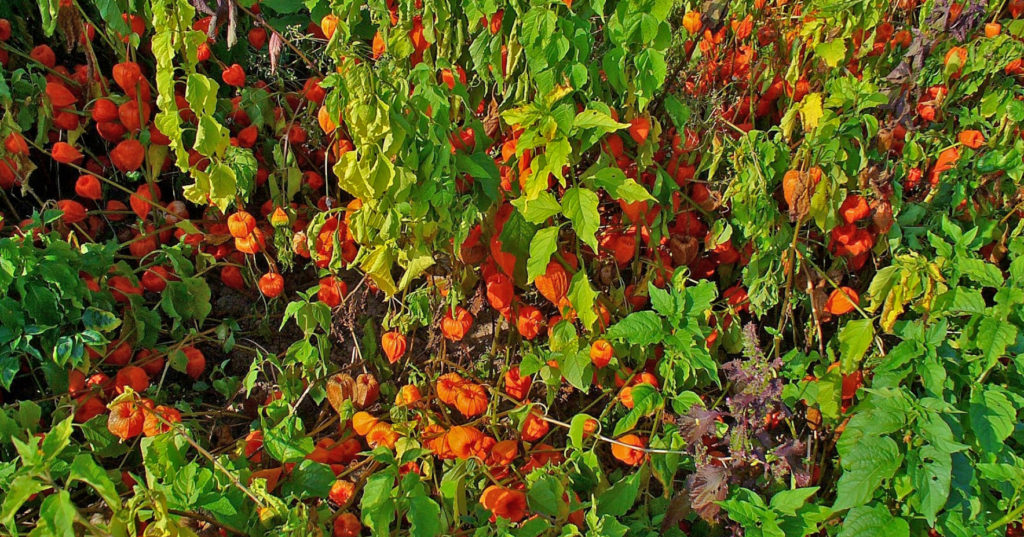
Chinese lantern, or Physalis alkekengi, is an ornamental plant known for its bright orange, lantern-shaped seed pods. While it can add a unique touch to gardens, Chinese lantern can become invasive, spreading through underground rhizomes and self-seeding. Its vigorous growth requires regular management.
To control Chinese lantern, regularly cut back the plant to prevent it from spreading too far. Remove any seed pods before they mature to prevent self-seeding. Consider planting it in a confined area with a physical barrier to manage its growth. Monitor the garden for any signs of it spreading and remove any stray runners promptly.











